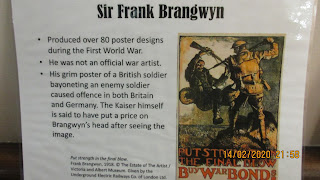Artillery crews
Gun crews all photographed with the same Hat Industrie `75
Senegalese crew 1
Close-ups of the minor conversions, the guy with the helmet has been given a larger caliber shell, the guy in the Chechia fez was the No2 of the VB launcher team, I cut down his rifle and shaped it creating a shell
Senegalese crew 2
Again close-ups of the minor conversions - again the gunner got a new shell, the second guy was the VB gunner, I cut don his rifle and shaped/painted it into a shell
Mixed crew
Conversions - kneeling gunner with new shell, the standing figure is a Raventhorpe British gunner with an EWM Adrian helmet head
Free French crew
Another gunner with new shell plus two Raventhorpe British gunners
And finally a command element for my Senegalese infantry
Raventhorpe telephone op (with Elheim head) + Raventhorpe German engineer officer converted to a French one
So that is 69 infantry, a field gun, a French water tower and a gun truck all since February 4th

















































